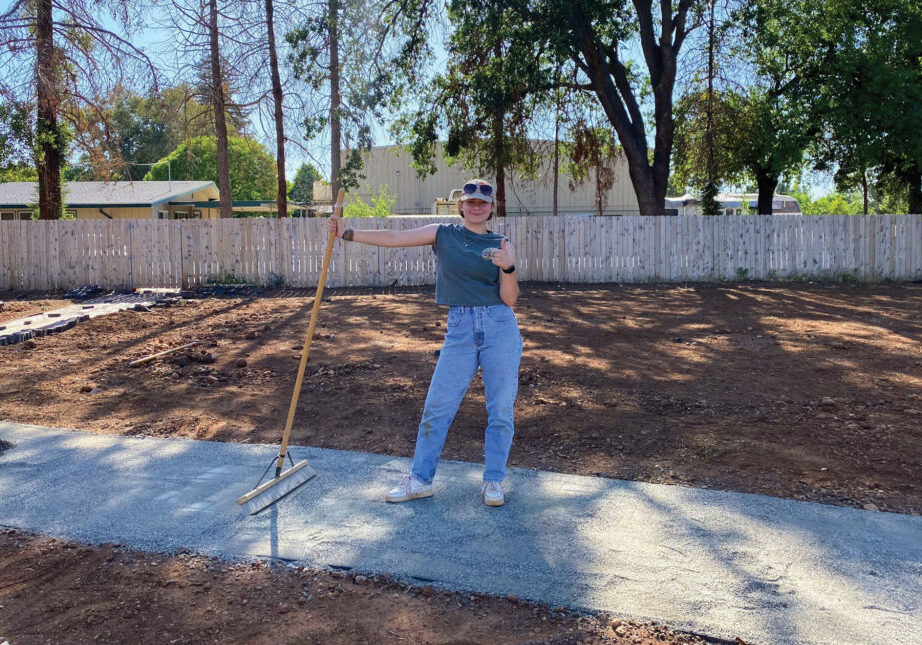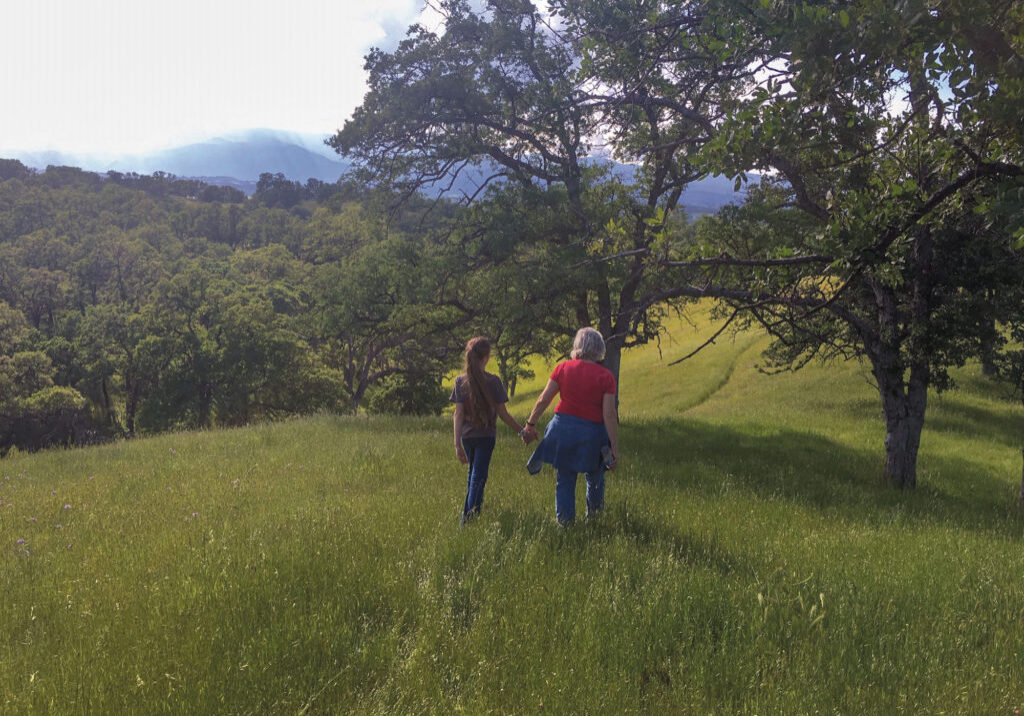Early Saturday morning, just as the sun rises, a small group of 10-17-year-old Boy Scouts meet in a school parking lot, dressed in their uniforms, packed, and ready to set off on that month’s camping trip. Spirits are high. The older scouts go over gear with junior members to ensure they’ve packed correctly. Then, the Senior Patrol Leader (SPL), the scout in charge, gives a signal, and everyone lines up. They do a brief flag ceremony, go through one last batch of questions, scramble for the vehicles, and set off for a weekend of fun and adventure.
The Boy Scouts of America began in 1910 and is one of the longest-running youth programs in the nation. Scouting was designed to give young people in their formative teen years the opportunity to learn leadership skills, serve their communities, and engage each other in an immersive outdoor environment away from the typical distractions of daily life.
Scouting is run by the scouts rather than the adult leaders
One of the essential distinctions of the Scouting program is that it’s run by the scouts, not the adult leaders. The adults provide guidance and ensure that everyone’s safe, but they allow the scouts to discover and learn through experience and to have the older, more experienced scouts teach the younger ones.
After a bumpy ride on a pitted mountain road, our troop finally arrives at their destination. Excitement once again boils over as the scouts pile out and start to set up camp under the direction of their SPL. Tents are pitched, a camp kitchen with a tarp and cook stove is set up, and fires are laid in preparation for that evening’s activities. Trips like this might include backpacking, canoeing, rafting, snow shelter camping, pioneering (building structures using lodge poles and rope), orienteering (map and compass work), and other activities.
Gazing across the camp, you might see an older scout working with a group of younger scouts on how to correctly lay a fire, set up their tent, or prepare a meal. Having learned this new-found skill, the younger scouts will take their book to an adult leader who will review what they’ve learned and give them a “sign-off” for having completed that skill. Multiple sign-offs for first aid, physical fitness, cooking, citizenship, and other camping skills such as fire building, axe and knife work, all lead to earning “ranks” in Scouts.

Photo courtesy of Peter Griggs.
Becoming an Eagle Scout is highly prized
In addition to these “Scout Skills,” different ranks may also require community service hours, leadership within the troop, and merit badges. Scouts can earn more than 135 merit badges in a wide variety of career and personal interest areas. All of this culminates in scouting’s highest rank — Eagle Scout. Only 2-6% of scouts who begin their scouting journey will earn this highest award, for good reason. It usually takes a scout most of his teenage years to accomplish. Many military branches, government agencies, and employers recognize Eagle Scout as a significant accomplishment.
Our SPL is checking everyone’s pack in preparation for the hike up to a small mountain lake. Each Scout Troop operates in small groups called Patrols. Patrol Leaders listen for directions from the SPL as they pack extra water and a first aid kit and joke with each other about whose patrol will make it up to the lake first. The good-natured joking is contagious, and the younger scouts are excited to be on their way.
As our scouts scramble up the mountain trail, the SPL watches for loose shoe laces, heavy packs, or someone needing an encouraging word. As an Eagle Scout, our SPL will have enlisted each troop member’s help to complete a service project of their design and planning.
Scouting projects benefit many North State communities
Since 2020 more than 27 Eagle Scout Projects — with more than 6,800 hours of labor — have been completed in the far northern California region. These hours consist of the Scout’s time and those of his troop members, friends, and family.
The projects include park benches at the Weaverville bike park, waterfront improvements at Camp McCumber, sanitation stations at the Corning fairgrounds, wood duck boxes at the Stillwater business park, river trail signage in Red Bluff, a wildlife observation station at Turtle bay, a Flagpole and veterans monument at the Redding Municipal airport. Other projects benefit local schools, churches, and community organizations. Though the projects and their locations are diverse, they have one goal in common: to serve the local community.
Exhausted from a fun day’s hike, swim, and camaraderie, the scouts gather around the campfire as the faint glow of the setting sun disappears over the mountains. Dinner has been made, and the dishes done as jokes and stories of past adventures circulate around the fire. The sound of “Taps” from a scout bugle echoes across the dark lake waters. As the last Scout tiredly heads for his tent, the SPL makes a final check of the camp to ensure all is well before retiring.
Learn More
You can learn more about the Boy Scouts of America program and find a scout troop in your area by going to scouting.org.
Posted in: Youth & Teen
Comment Policy: All viewpoints are welcome, but comments should remain relevant. Personal attacks, profanity, and aggressive behavior are not allowed. No spam, advertising, or promoting of products/services. Please, only use your real name and limit the amount of links submitted in your comment.
You Might Also Like...

Girl Scouts of the United States of America – Making a Big Impact on Their Communities
Girl Scouts can make a difference in their community in many ways: whether it’s a sustainable large-scale Gold Award Project or a one-time pet food drive, every moment girls spend […]

Keep The Christmas Cheer — Avoid Toy Overload
The Christmas season means decorations, tasty treats, family celebrations, and gift giving….and giving and giving. It seems that every year we lose some of the true meaning of Christmas because […]

Watch This — Do That
Watching kid’s movies can be fun no matter what age you are, and family movie night can also be an educational experience, as many of these movies give us new […]

Ten Ideas For Hosting A Birthday Party For The Pre-Teen And Teenager
Sitting on the front porch of her new house, a little girl turning 3 began inviting all the children passing by to her birthday party. Overhearing, her startled mother quickly […]



